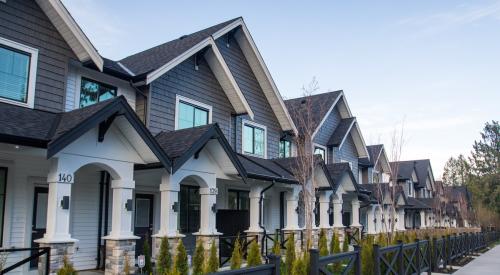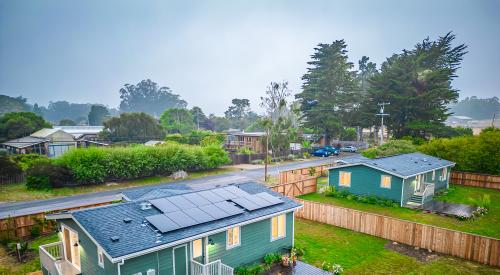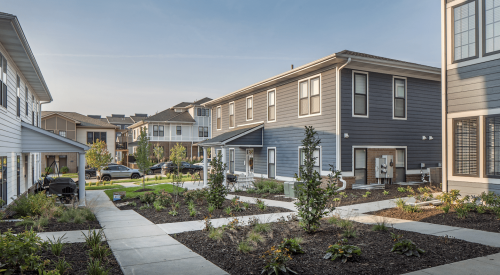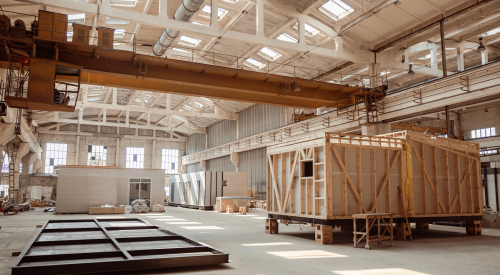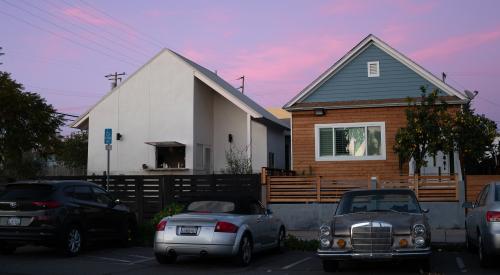Over two-thirds of homeowners in large metro areas want local governments to keep housing affordable, but they do not want towering multifamily developments to break up the flow of their single-family neighborhoods. This is where accessory dwelling units (ADUs) come into play. Despite residents’ aversion to new apartment complexes, they are much more open to adding units to existing lots, according to Zillow. By increasing the density but not greatly changing the character of the community, residents can have their cake and eat it, too. However, the shift to “missing middle” housing isn’t as straightforward as adding granny pods to backyards: Local governments will still have to grapple with the impacts to neighborhoods before potentially rezoning for ADUs.
More than three quarters (77%) of homeowners across 20 large metro areas nationwide said that local governments should do more to keep housing affordable in their cities. But while there is general consensus that more housing would help, support for allowing homeowners to add new housing to existing lots and homes is much more robust than support for development of large, multifamily buildings.
Among many economists, there is growing consensus that adding more homes incrementally on existing lots could help curb a growing housing affordability crisis that stems in large part from a shortage of available units in areas that are popular but where it is difficult to add new supply. Allowing homeowners to build mother-in-law units (also called granny flats or accessory dwelling units – “ADUs”) and/or otherwise re-zoning current single-family neighborhoods to allow for denser townhome, duplex and triplex redevelopment are among the options proposed by economists and housing advocates.

